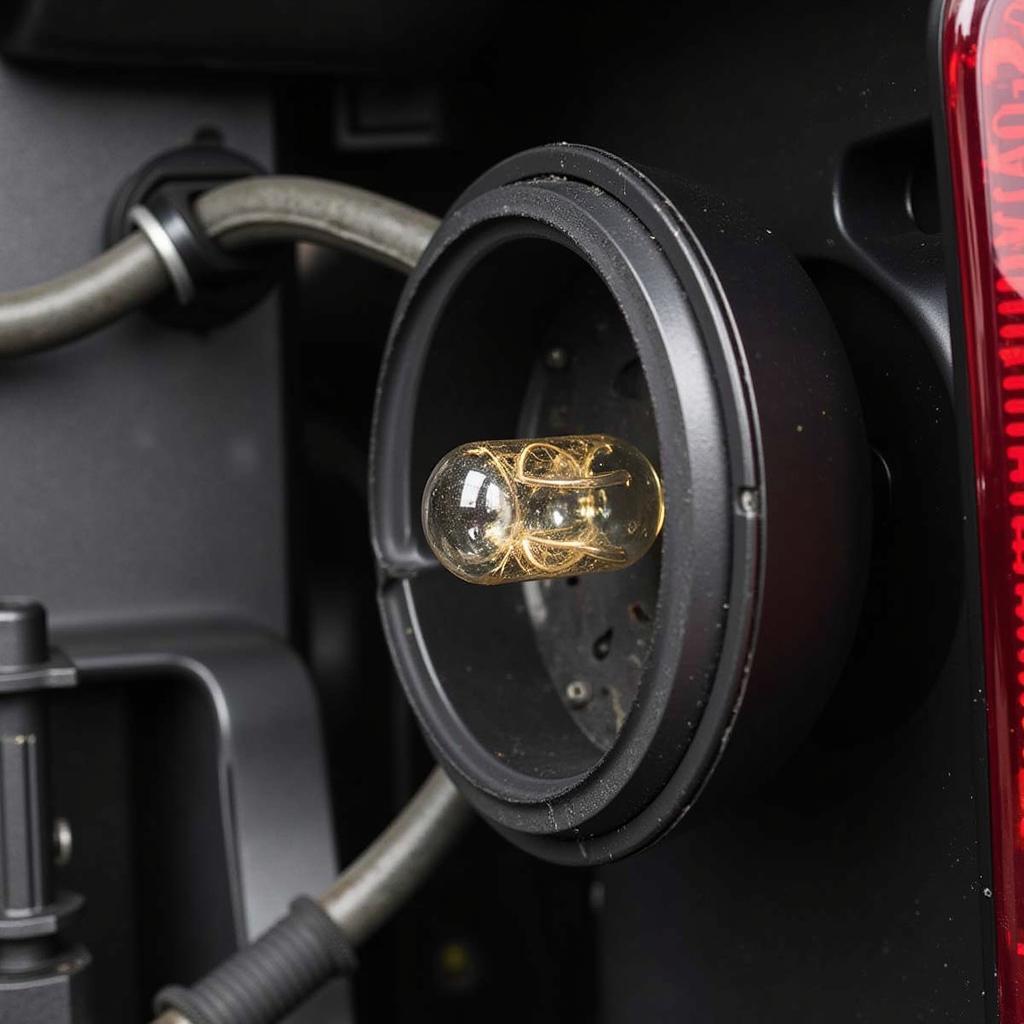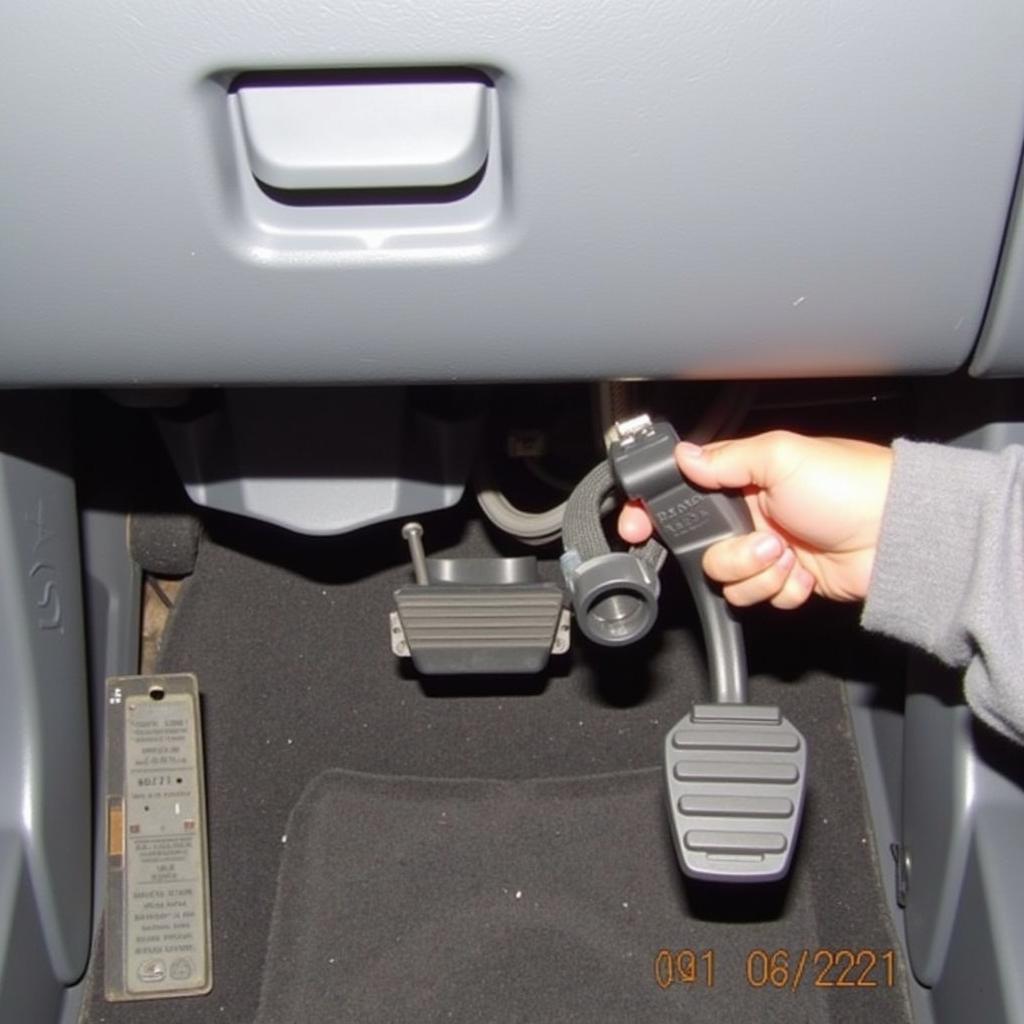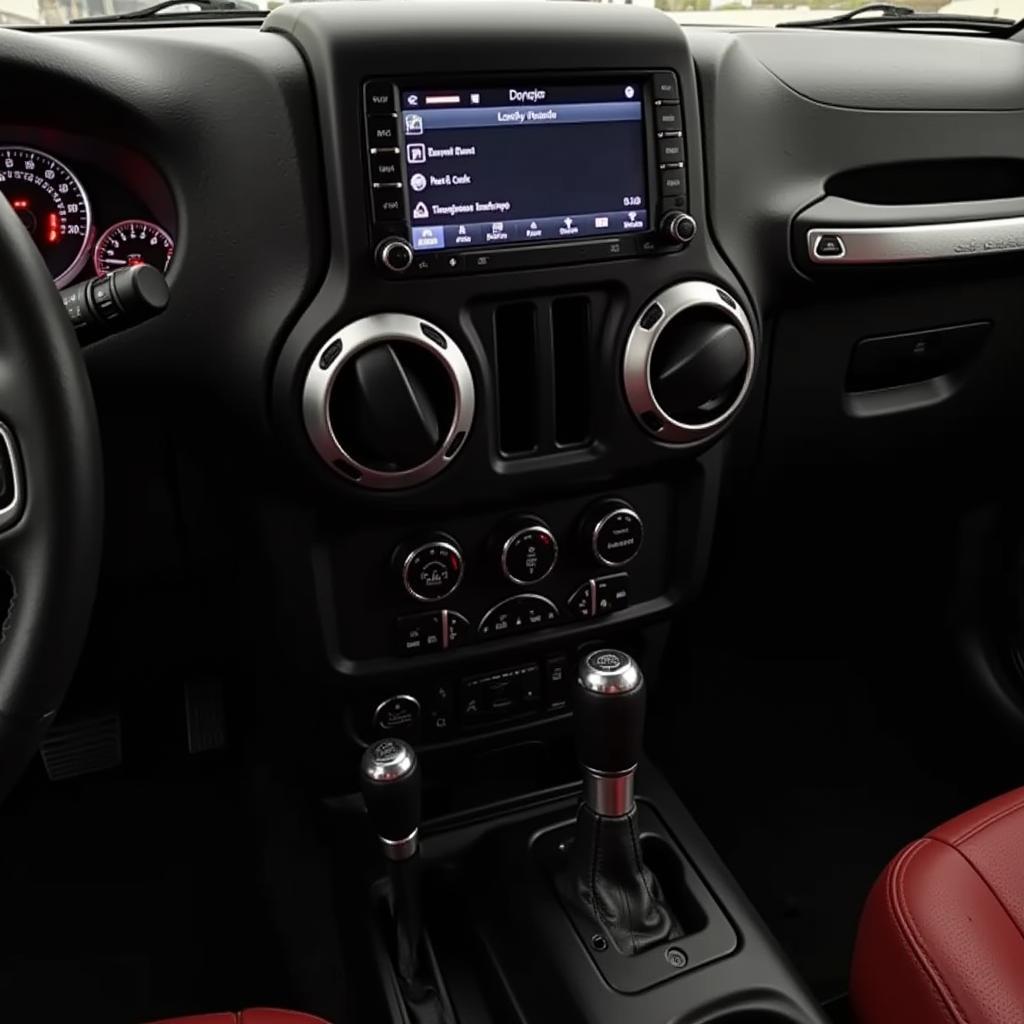The brake light warning on your 2003 Honda Element can be a frustrating issue, but it’s often easily diagnosed and fixed. This guide provides comprehensive troubleshooting steps and solutions to help you get your brake lights working correctly again. We’ll cover everything from simple checks to more complex diagnostic procedures, empowering you to address the problem effectively.
Understanding the Brake Light Warning in Your 2003 Honda Element
The brake light warning light on your dashboard illuminates when the system detects a problem with your brake lights. This warning signifies a crucial safety concern, as functioning brake lights are essential for alerting other drivers to your intentions and preventing accidents. Ignoring this warning could lead to dangerous driving conditions and potential legal issues. A faulty brake light system reduces your visibility, especially at night, increasing the risk of rear-end collisions.
Common Causes of Brake Light Warnings in a 2003 Honda Element
Several issues can trigger the brake light warning in your 2003 Honda Element. The most common culprits include blown bulbs, faulty brake light switches, wiring problems, and blown fuses. Less frequent causes can involve issues with the brake light relay or even problems with the vehicle’s computer system. Pinpointing the exact cause requires a systematic approach to troubleshooting.
 Blown Brake Light Bulb in a 2003 Honda Element
Blown Brake Light Bulb in a 2003 Honda Element
How to Troubleshoot a Brake Light Warning on a 2003 Honda Element
Start by checking the brake light bulbs. This is the simplest and most common fix. Replace any blown bulbs with the correct type for your 2003 Honda Element. If the bulbs are fine, the next step is to check the brake light switch, located above the brake pedal. This switch can wear out over time and needs to be tested for proper function.
Checking the Brake Light Switch
The brake light switch activates the brake lights when the brake pedal is pressed. A malfunctioning switch can prevent the lights from turning on. You can test the switch with a multimeter or by manually depressing the switch plunger. If the switch is faulty, replacement is usually the best solution.
Inspecting the Wiring and Fuses
Wiring issues can also cause the brake light warning. Carefully inspect the wiring harness leading to the brake lights for any signs of damage, such as fraying, cuts, or corrosion. Damaged wires should be repaired or replaced. Also, check the relevant fuses in the fuse box. A blown fuse will interrupt the power supply to the brake lights.
 Brake Light Switch Location in 2003 Honda Element
Brake Light Switch Location in 2003 Honda Element
Advanced Diagnostics: Relay and Computer System Issues
If the basic checks don’t reveal the problem, you might need to delve into more complex diagnostics. The brake light relay can sometimes malfunction, preventing the lights from activating. In rare cases, the issue might stem from the vehicle’s computer system. These advanced diagnostics often require specialized equipment and expertise.
When to Seek Professional Help for Your 2003 Honda Element Brake Light Warning
If you’ve exhausted the basic troubleshooting steps and the brake light warning persists, it’s time to consult a qualified automotive technician. They have the necessary tools and knowledge to diagnose and repair more complex electrical issues. “A persistent brake light warning shouldn’t be ignored,” says automotive expert John Smith, ASE Certified Master Technician. “It’s a safety critical system, and getting it checked by a professional ensures a proper diagnosis and repair.”
Preventing Future Brake Light Issues in Your 2003 Honda Element
Regular maintenance can help prevent brake light problems. Periodically inspect your brake lights and replace worn-out bulbs promptly. “Proactive maintenance is key to avoiding unexpected brake light issues,” adds Smith. “Regularly checking your lights and addressing any minor problems immediately can prevent bigger headaches down the road.” Also, be mindful of potential stress on the wiring harness and avoid placing heavy objects on the brake pedal.
Conclusion
Addressing a brake light warning in your 2003 Honda Element is crucial for your safety and the safety of others. By following the troubleshooting steps outlined in this guide, you can often identify and fix the problem yourself. However, don’t hesitate to seek professional help if you encounter more complex issues. Maintaining functional brake lights is essential for responsible vehicle ownership.
FAQs
- How often should I check my brake lights? It’s a good practice to check your brake lights at least once a month.
- Can I replace the brake light bulbs myself? Yes, replacing brake light bulbs is a relatively simple DIY task.
- Where can I find the correct replacement bulbs for my 2003 Honda Element? You can find the correct bulbs at auto parts stores or online retailers.
- What is the average lifespan of a brake light bulb? Brake light bulbs typically last between one and two years.
- Is it safe to drive with a brake light warning? No, it is not safe to drive with a brake light warning. Get it fixed as soon as possible.
- How much does it cost to replace a brake light switch? The cost of a brake light switch replacement varies, but it is usually relatively inexpensive.
- Can a faulty brake light switch affect other systems in my car? While unlikely, a faulty brake light switch could potentially affect other systems, like cruise control.


